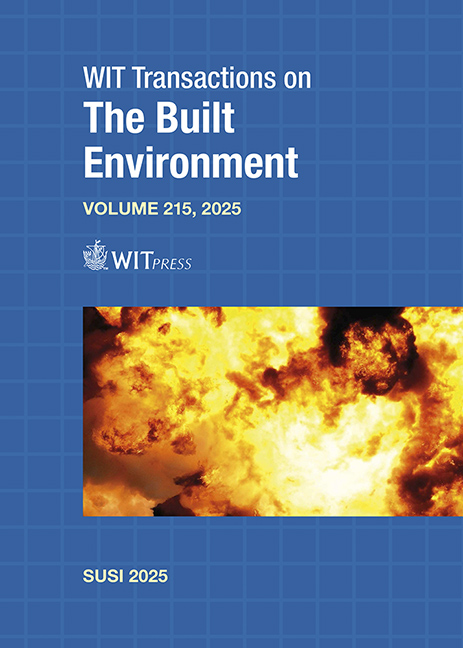MODELLING OF GLASS EXPOSED TO BLAST LOADING: STOCHASTIC FRACTURE INITIATION AND NODE SPLITTING
Price
Free (open access)
Transaction
Volume
215
Pages
8
Page Range
191 - 198
Published
2025
Paper DOI
10.2495/SUSI250171
Copyright
Author(s)
JONAS RUDSHAUG, ODD STURE HOPPERSTAD, TORE BØRVIK
Abstract
In terms of mechanical behaviour, glass plates are known for their stochastic fracture initiation followed by rapid crack propagation. As structural components, glass plates exhibit linear elastic behaviour until fracture initiation. Due to microscopic surface cracks, often referred to as surface flaws, the fracture initiation behaviour varies from specimen to specimen. After fracture initiation, cracks propagate from the initiation point at speeds of approximately 1,500 m/s. These phenomena are challenging to model numerically, requiring stochastic models for fracture initiation and robust fracture models for crack propagation. In this study, we combine the glass strength prediction model for predicting fracture initiation with node splitting to propagate the resulting cracks. To evaluate the performance of this modelling approach, we compare numerical predictions with experimental data from blast-loaded monolithic and laminated glass plates.
Keywords
glass, GSPM, node splitting, blast loading





